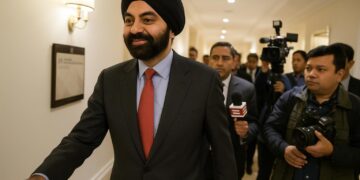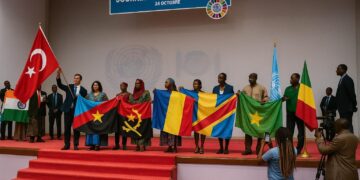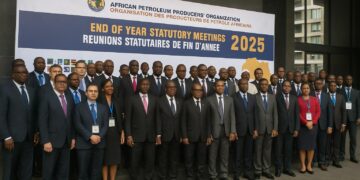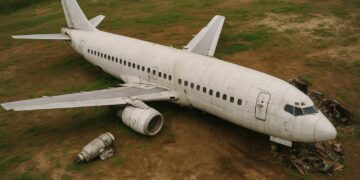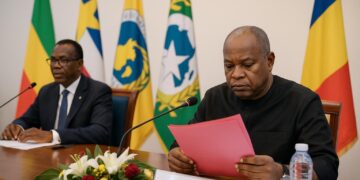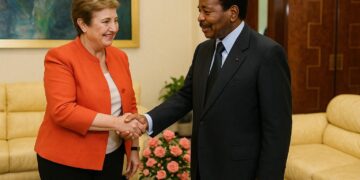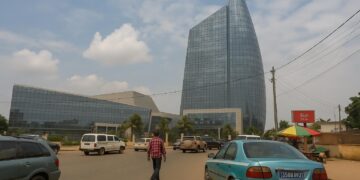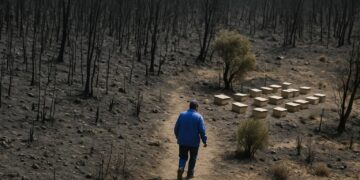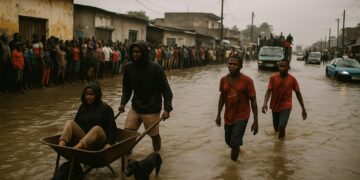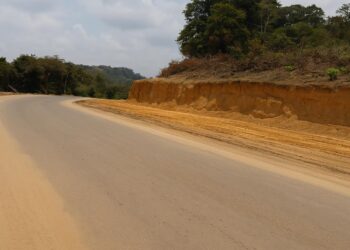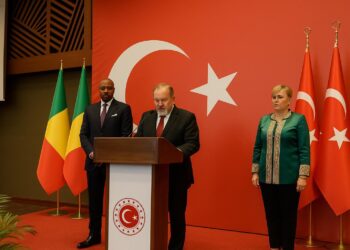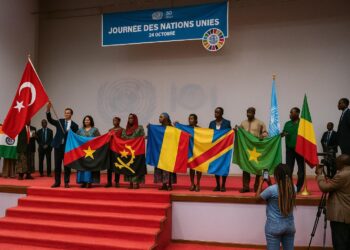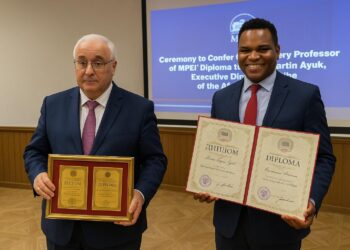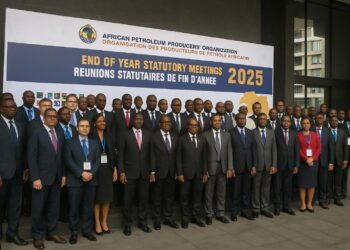Regional Displacement Pressures in 2025
Twelve years after the initial shockwaves of conflict in the Central African Republic, the map of forced displacement in Central Africa still bears deep scars. UNHCR’s latest regional overview counts more than 600,000 Central Africans uprooted since 2013, a figure that oscillates with every fragile cease-fire and cross-border raid (UNHCR 2025). The Republic of the Congo, though less often in the media spotlight than its larger neighbours, continues to shoulder a sizeable share of that burden, hosting over 72,000 refugees and asylum-seekers, half of them from the Central African Republic. Brazzaville’s decision, taken in July 2013, to grant prima facie status to arriving Central Africans remains one of the most generous legal gestures in the region and has insulated thousands from the bureaucratic limbo that so often besets asylum regimes.
Anatomy of the July Airlifts
Against this backdrop, two chartered flights operated under the United Nations Humanitarian Air Service completed the voluntary repatriation of 111 refugees from the northern host sites of Betou and Impfondo to Bangui. The logistical choreography was overseen by UNHCR and the World Food Programme in close concert with the Congolese Ministry of the Interior and Decentralisation. Upon embarkation, passengers received medical screening, tailored psychosocial counselling and a three-month food ration calibrated to household size. In-flight manifests show a demographic cross-section: 57 women, 46 men and eight unaccompanied minors. Significantly, more than a third of the returnees were born in exile and touched Central African soil for the first time only on arrival at Bangui-M’Poko International Airport.
Humanitarian Diplomacy and Quiet Coordination
Officials in Brazzaville are keen to underscore that the operation is voluntary rather than politically driven. “Our government’s role is to ensure that the choice to return is informed, dignified and safe,” insisted Henri Bouka, Director-General for Territorial Administration, in an interview before the convoys departed. Congolese authorities provided expedited exit formalities and security escorts along the Sangha River corridor, reflecting a functional inter-agency model that diplomats from neighbouring states have quietly praised. In Bangui, the Central African Ministry of Humanitarian Action welcomed the group with a ceremony that, though modest, symbolically stitched a thread of civic continuity: each family received civil registry support to reclaim or renew national documentation, a crucial step for political participation in next year’s planned local elections.
Financial Headwinds for Life-Line Air Bridges
The July airlifts may be the last of their kind for some time. WFP’s country director, Claude Jibidar, confirmed that the agency’s aviation budget in Congo is “97 percent unfunded beyond August” (WFP press briefing, July 2025). Humanitarian logisticians note that each Betou-Bangui rotation consumes roughly USD 42,000, a figure difficult to justify when life-saving food pipelines across the Sahel are themselves under-resourced. The shortfall exposes a structural tension: while donor capitals applaud voluntary repatriation as the durable solution of choice, the transport costs required to operationalise that ideal often fail to make it through appropriations committees. Diplomatic missions in Brazzaville have taken discreet soundings about whether regional airlines, perhaps under an African Union banner, could be contracted at lower cost, yet the security insurance premiums for Bangui remain prohibitive.
Stability, Reintegration and the Role of Congo-Brazzaville
For the 111 returnees, the true test begins not on the runway but in the neighbourhoods they left behind. UNHCR’s cash-based intervention—USD 150 per adult and USD 80 per child—is designed to cover three months of basic needs while households rebuild livelihoods. Preliminary monitoring from similar caseloads earlier this year suggests encouraging outcomes: 64 percent of returnee families have re-enrolled children in school and 48 percent have resumed agricultural activity within six months (UNHCR dashboard, May 2025). Still, development partners stress that Bangui’s security gains remain patchwork, with armed groups taxing trade routes only kilometres from the capital. In this light, Brazzaville’s continued readiness to keep its asylum space open offers a crucial safety valve, reassuring would-be returnees that the door to protection is not slammed shut should conditions deteriorate again.
A Measured Outlook for Future Movements
Diplomats consulted in both capitals agree that large-scale repatriation will hinge on three variables: sustained security improvements in the Central African prefectures of Ombella-M’Poko and Lobaye, predictable donor financing for transport and reintegration, and continued political will in Brazzaville to facilitate informed choice. On present evidence, the first and third prerequisites exhibit cautious momentum, while the second remains the Achilles’ heel. Yet, even modest convoys such as July’s send a signal that regional cooperation can translate humanitarian norms into lived reality. As one Congolese official remarked, half-jokingly, on the tarmac in Impfondo, “If our skies stay open, hope can fit in the cargo hold.” His quip, equal parts satire and conviction, captures the delicate balancing act now facing Central Africa’s humanitarian diplomacy.

